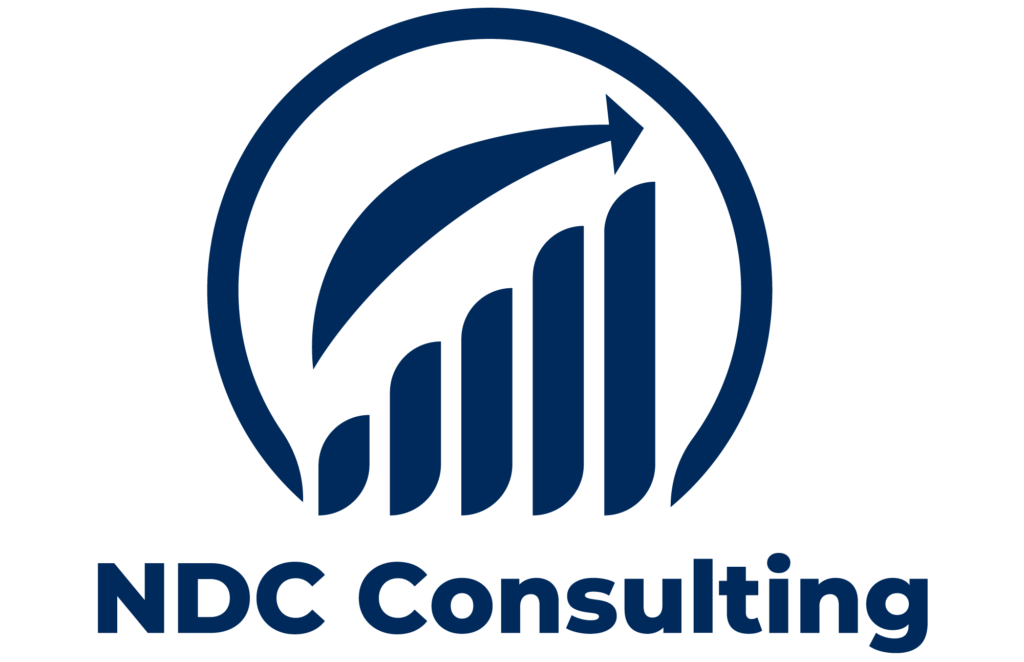The use of data analytics in Healthcare Compliance Programs has grown significantly in the last several years. Companies have created internal procedures for gathering data that can be utilized to reduce or eliminate the possibility of facing legal consequences for non-compliance. The number of suppliers offering solutions that have joined the market has resulted to the evolution of tools and controls that compliance professionals may utilize. Federal regulatory and enforcement authorities also keep emphasizing how crucial it is for businesses to use data in order to recognize and manage compliance risks and exposure.

Here are some ideas on how you could use data analytics in your areas of accountability:
- Make Use of What You Have. Unless you are an experienced data analytics user, it can be intimidating to include data analytics into your software from scratch. It’s not necessary, though. For smaller firms in particular, pulling reports you can share with your executive team and board members using already established tools can be an excellent way to start. To track investigations and other interactions to the Compliance Department—from which reports can be retrieved many businesses use a Hotline. If your company operates out of several locations, take into consideration the majority of your calls’ source.
- Start with what is obvious: As professionals in compliance, we are aware of the dangers and vulnerabilities facing our company. These are the areas that could have a significant influence as a starting point. Once you know where to start, you may start searching for trends.
Exist any deficiencies in the compliance training’s completion? How long do compliance investigations take to complete? How long will it take operations to finish corrective actions on compliance-related issues? Exist any unrenewed, unfinished, or expired contracts for physicians? Organizations can rapidly and effectively resolve issues by starting with the areas that are most concerning and working their way down to the lowest-hanging fruit.
Involve Your Executive and Operational Leaders: We cannot be everywhere at once, know everything, or have access to everything, as much as we would like to. The business and operational executives in your company will have access to and be able to run reports on the things that you can use right away; make use of their expertise. Establish a connection with the people in your organization’s IT department or chief technology officer, if you are fortunate enough to have either of them. They can also assist you in obtaining the data you require and might be able to design platforms for you to utilize, or they can suggest platforms you can use, so you can start obtaining information from the data your organization has. You should present your results to your leaders during meetings of the Management/Executive Compliance Committee.
Accepting data analytics can help reduce the likelihood of noncompliance, rather than being something to be afraid of. When used by a compliance expert, it can be an extremely effective tool that completely changes your program.

